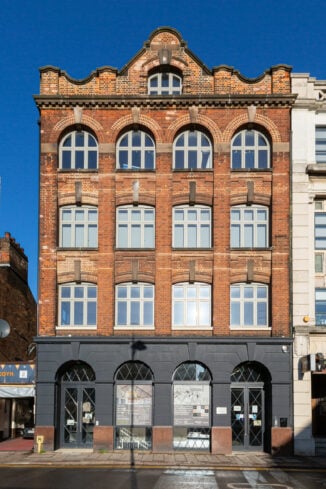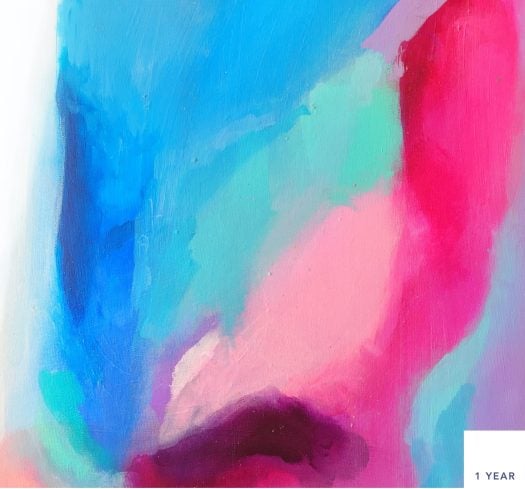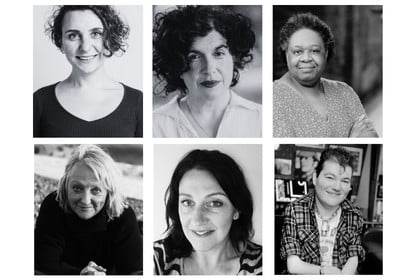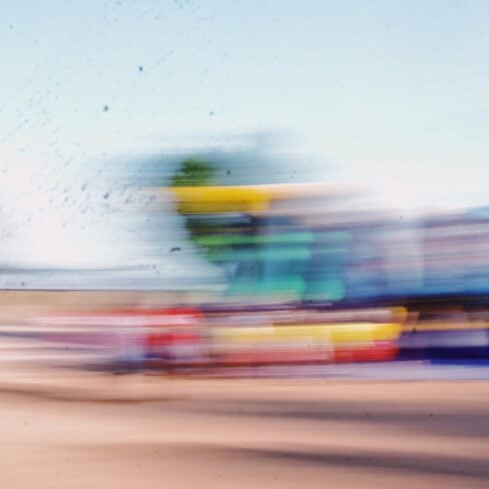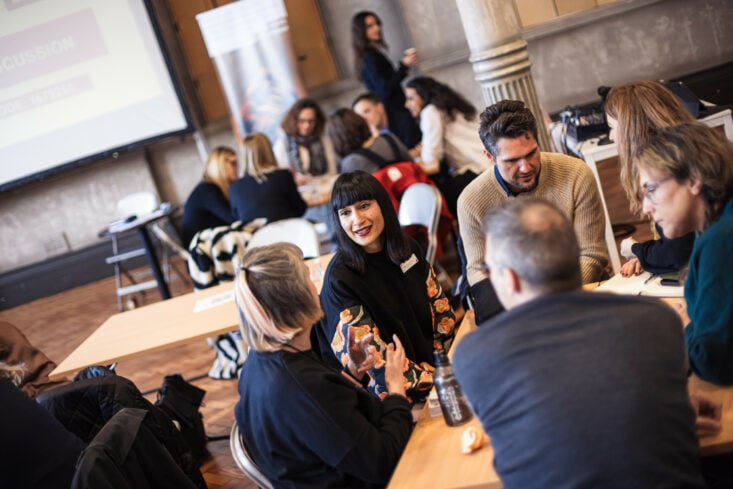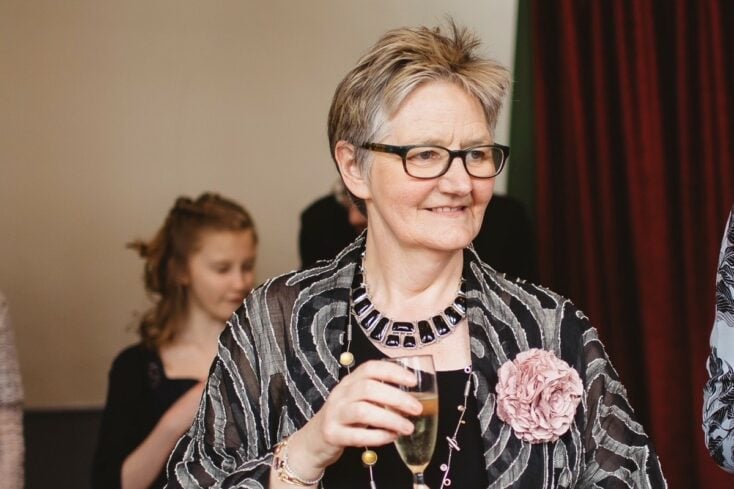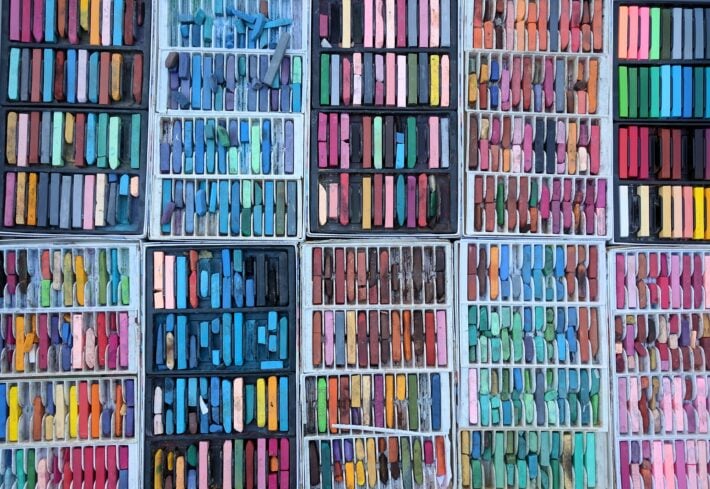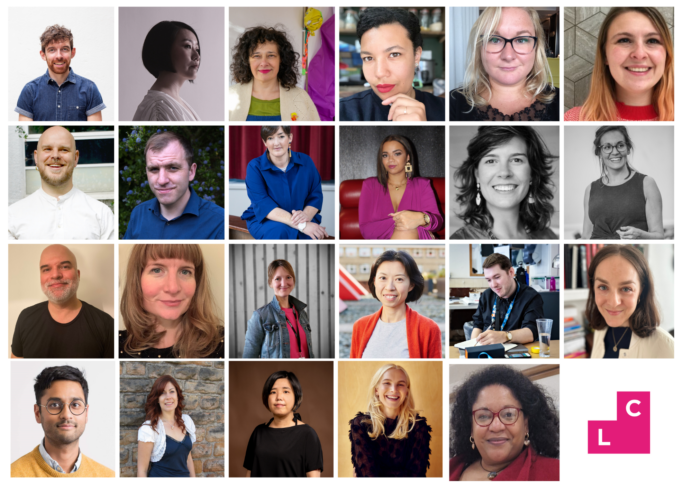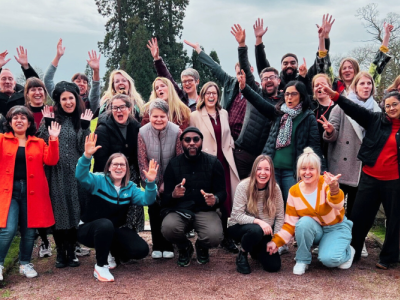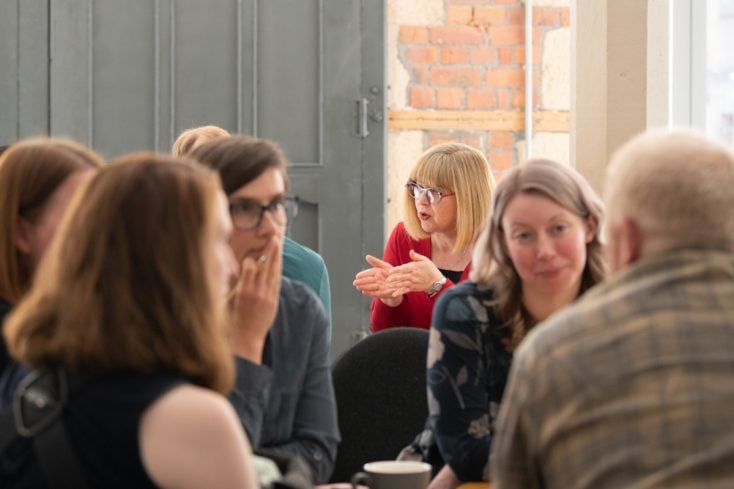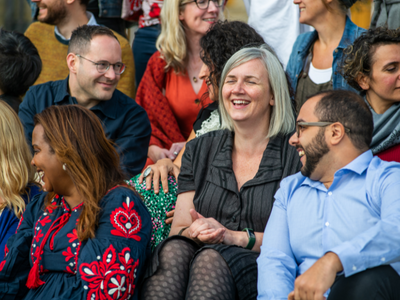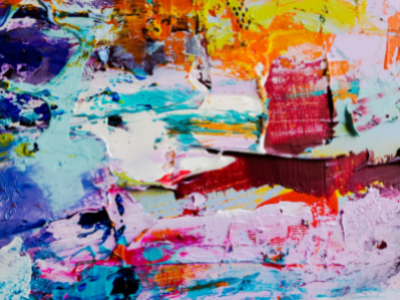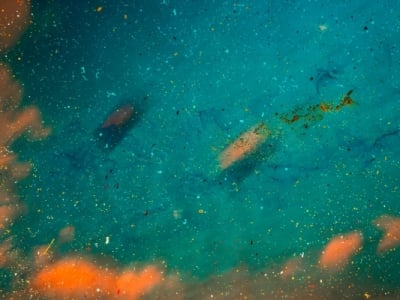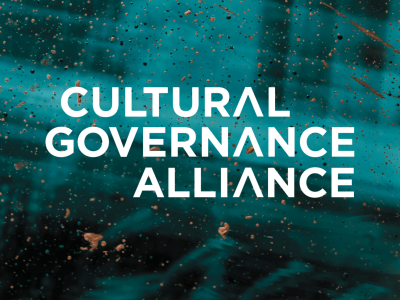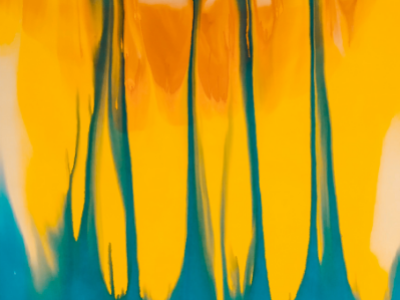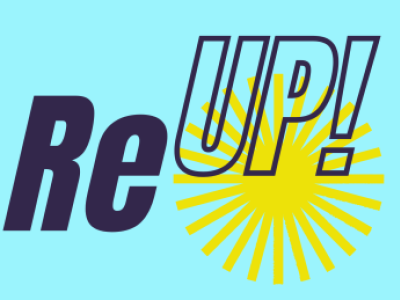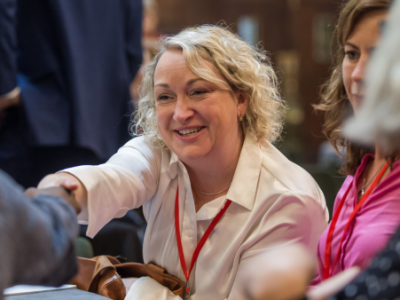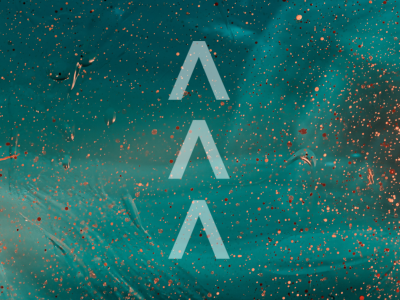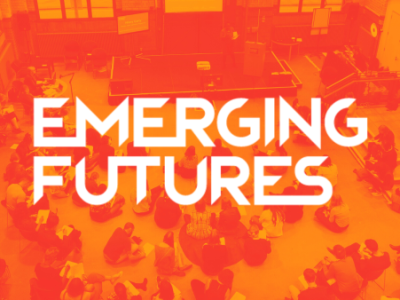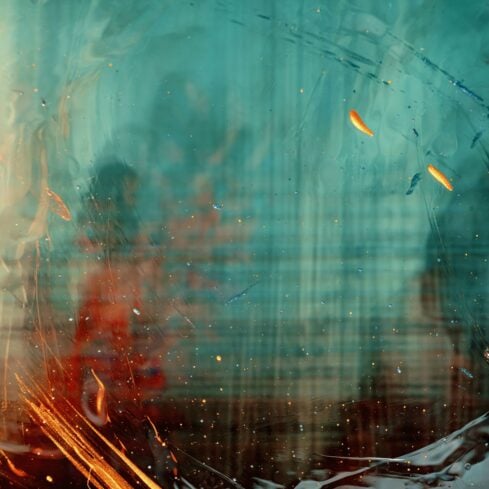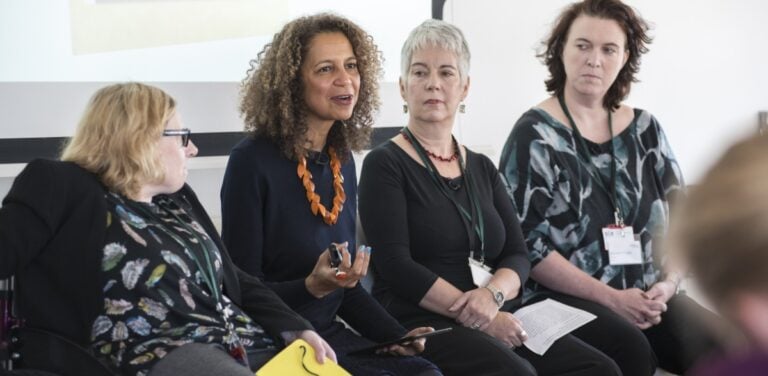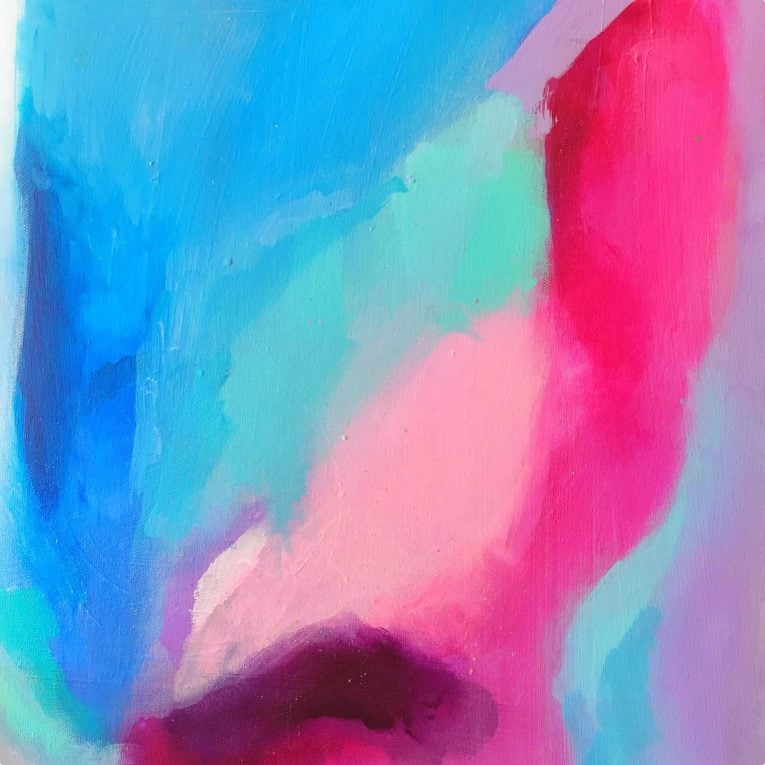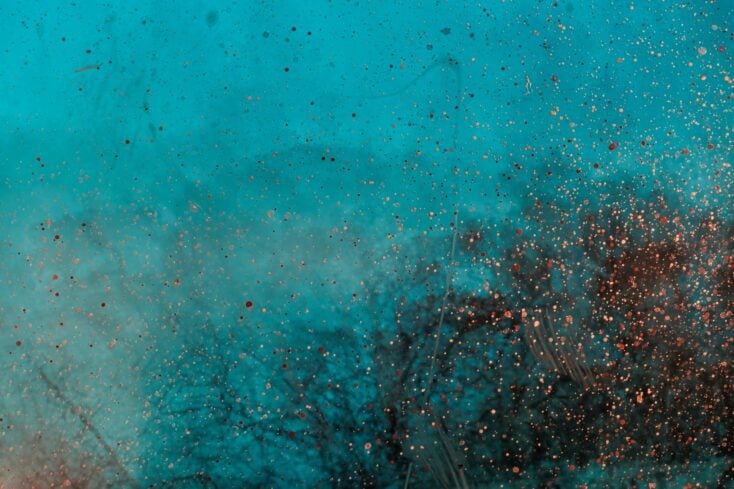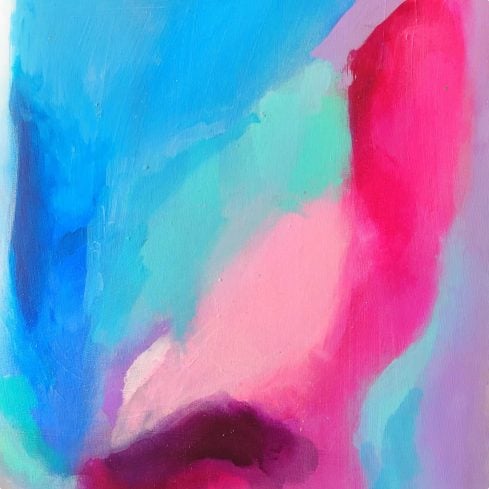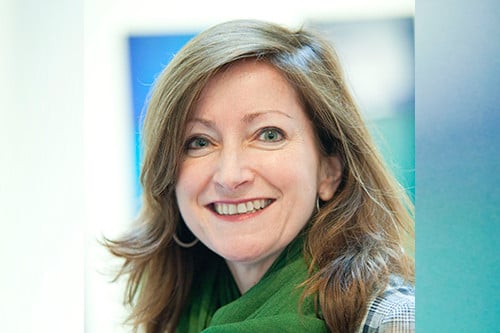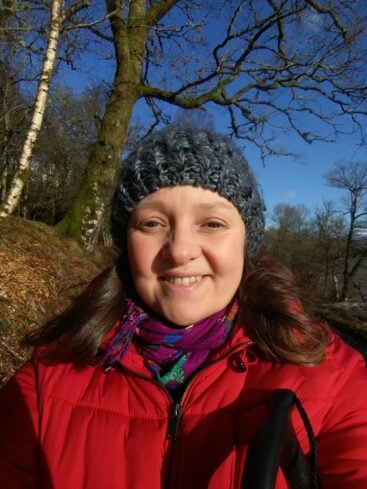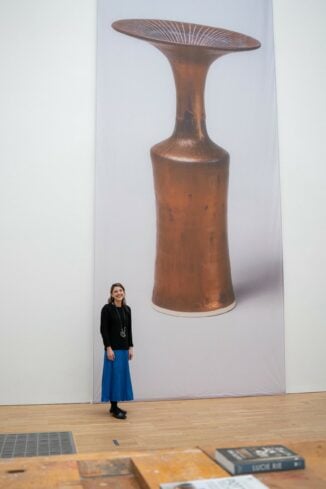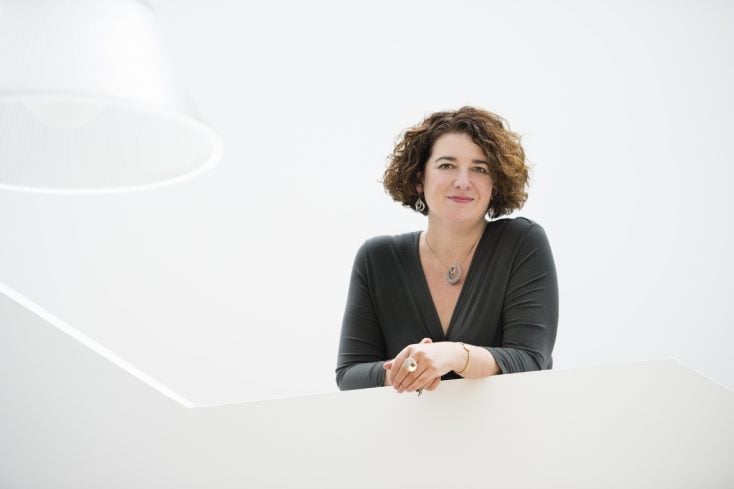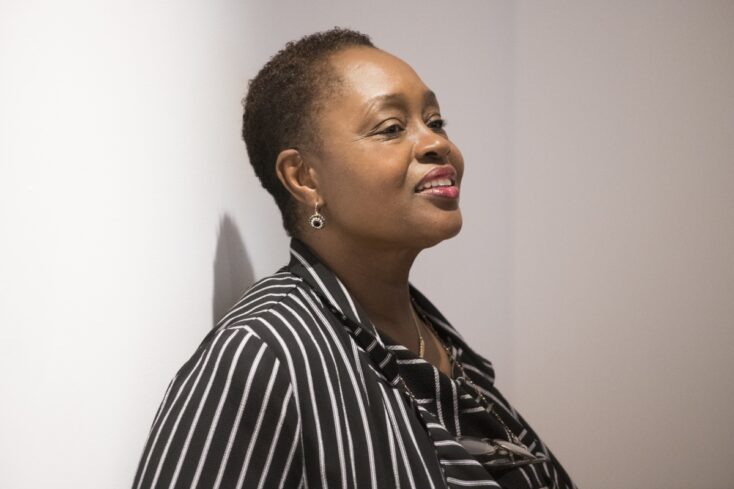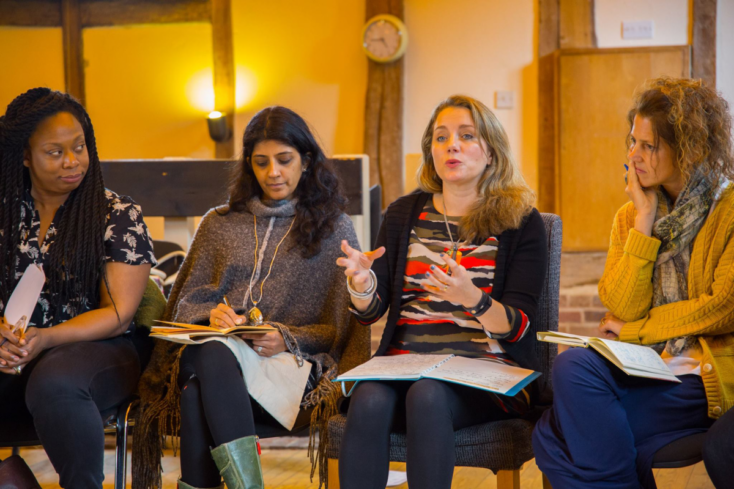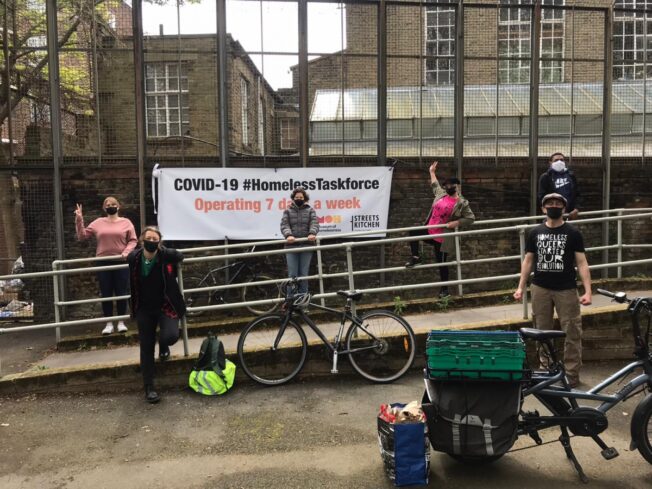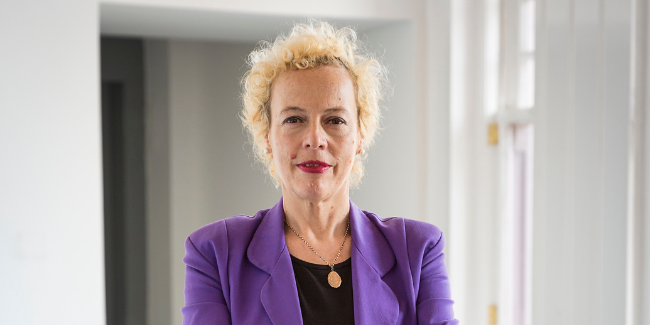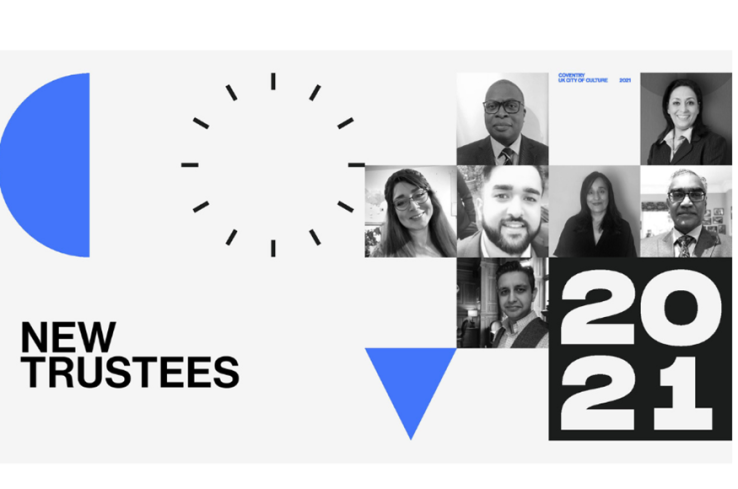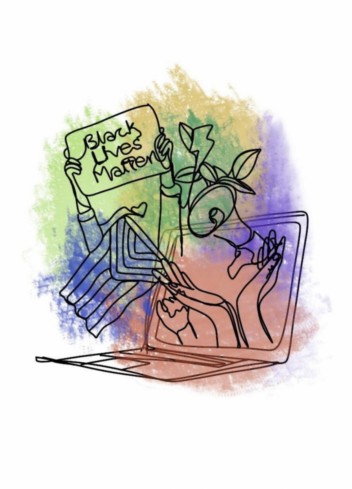Do we trust each other with money? How an exercise in radical trust could benefit the Clore Fellowship
Clore Fellow 2022 and co-artistic director of One Two One Two Zoe Ní Riordáin, explores the relationship between art and money in her provocation paper.
I want to talk about the relationship between art and money. I will make some observations based on my time in London from October 22-March 23, talk about a current art experiment, The Common Wallet, and propose an exercise for the next cohort of Clore Fellows.
In early March, Tim Crouch performed a solo show, Truth’s a Dog Must to Kennel, at Battersea Arts Centre. Wearing a portable VR headset, standing on an empty stage, Crouch began pointing out an imaginary audience for King Lear, telling us what they look like, naming what section they were in and how much their seat cost. The piece is an exercise in the power of the imagination, but I was struck by this lengthy introduction and insistence on listing seat prices from VIPs to complimentary ‘access’ seats. Crouch seems to be exposing the inadequacy of the valuing of art. His tone is deadpan and comedic, but his point is serious. In the audience, having paid £18, I felt exposed and a bit silly.
In an arresting sequence in choreographer Oona Doherty’s dance piece Navy Blue at Sadler’s Wells, a dancer in a Maoist utilitarian costume performs a solo accompanied by a voice-over of Doherty reciting the budget of the show we were watching. “12 dancers? Did you fly them in? That’s some budget you’re playing with. Dancers €122,835; accommodation, €55,455; Travel, €22,800 choreographer’s fee, €15,000…” and on and on.
When she reached the end of the budget, there was an existential lament from Doherty (in keeping with the tone of the piece), she says “and what’s the point?” I was struck by the reactions in the audience to this section of the piece, there was laughter and maybe a sense of surprise that an artist would lay out the (presumable) actual cost of the art they were watching. It felt like a confident thing to do and it has stayed with me since.
Travis Alabanza’s approach to discussing money in their show, Sound of The Underground, at the Royal Court was to compare the pay that the drag artists featured in the show are used to, to what they were being paid at the Royal Court. There was a kind of pause in the show and the performers broke down their daily/nightly rate on the drag circuit and compared it to the weekly fee they were receiving for performing in one of London’s most prestigious theatres. Rather than discussing this issue on social media, Alabanza is giving it a place within the art, addressing the audience that has entered into a transaction with the artist. I wondered what the people in the audience who aren’t artists, felt listening to this. The company passed around a tip jar. “How much are we worth?” seemed to be the question.
The show that had the most impact on me during my six months in London was Tanz by Florentina Holzinger at Battersea Arts Centre. It’s a very layered piece, so I will just focus on the middle section of the three acts, which was kind of a departure from the tone and energy of the rest. Holzinger, who is the choreographer/maker, also performs it. She steps forward (after a sequence of dancing on motorbikes suspended from the ceiling and hair trapeze) and she talks to the audience about the origins of the show, what inspired it and what she is exploring as an artist. She then describes a carbon offsetting scheme they are running and asks the audience who would like to invest in it. She starts an auction – who is willing to hand over the largest amount of cash. The bidding starts at £10. Finally, a woman agrees to give her £50.
When talking about the show, Holzinger describes the work of dancers, how they are reading the audience, tuning in to their bodies, in almost a telepathic way. To prove this, she performs an experiment. She turns her back and closes her eyes and asks the audience member who gave her the £50 to pass it around the audience. She turns back, and she says she can guess who has the £50 by tuning into the physicality of the audience. Holzinger is engaging the audience in a trust exercise, while also justifying the value of the art she has made. Setting out to prove the intuitive power of the dancer with this playful game of telepathy, is another way to state the intrinsic importance of artists and what they do. Someone has trusted her enough to give her £50 without knowing what it’s for and if she’s going to get it back.
Radical trust is at the heart of The Common Wallet experiment. I first became aware of this initiative in 2022, hearing one of its founders, artist Anna Rispoli, speak about it at the Theatre Forum Ireland conference. The Common Wallet is a Brussels collective that started in January 2018 among ten artists and cultural workers. They share one common bank account, on which they transfer all their personal income and from which they pay all their personal daily expenses.
The idea is radical in its simplicity, setting out an aim to de-individualize precarity and cultivate an empowering relationship with money amongst its 10 members. Not everyone has the same level of income, and they all have different levels of need each month, some have children and dependents, and some don’t. They have identified a set of values and they appoint a secretary each month to keep track of the cash flow, and they meet weekly for what they call ‘collective therapy and study moments’ to share what the experiment is bringing up for them, and what events might be happening that require a big cash withdrawal.
I have been thinking about this initiative since last October and how it relates to the Clore Leadership programme experience. I admire the way Anna Rispoli frames it as an artistic experiment, as well as a social one. This process is feeding her work: having run the Common Wallet for five years, the group has decided to take a year away from it to discover the effects of that.
While I understand there is a level of privilege in doing this kind of radical experiment with money, and the money of others, I think there are some powerful outcomes this group have discovered that are worth considering, especially for cultural leaders who operate in an environment of precarity and under-funding.
At the end of my Clore Fellowship, I am imagining what it would have been like if we had opened a bank account and deposited our individual development budgets (£3.5K). In our cohort of 29, this would become a pot of £101,500, which sounds like a lot more money than £3,500.
We are a diverse group, some have permanent salaried positions in large institutions, some are self-employed freelancers, and some have founded small/mid-sized organisations that employ people. I struggled with the cash flow and administration of my budget, and I know I could have spent it better. Issues around the individual development aspect of the programme were discussed informally in the group throughout the six months.
I’m asking the question; what could we have done with £101,500? In a cultural sector where there is a lack of investment, organisations and individuals are pitted against each other to compete for resources that are perennially ‘stretched’. £101,500 sounds like a lot more than £3,500.
Everyone had different ideas about how to spend the money. I imagine if we had a meeting every week and discussed as a group what people were thinking of, there could have been more collective training organised, more joined-up thinking about what we needed to learn about as cultural leaders, and perhaps the money could have been invested in a trust, as a scholarship for a future Clore Fellow.
I think the Clore Fellowship is the ideal opportunity to test out new ways of thinking about money in the arts. I think we need a new model of how arts funding and investment works outside the arts councils. This micro-experiment of the Common Wallet sounds radical, but it’s essentially a co-op, a credit union or micro-finance bank – initiatives that were all deemed impossible or impractical when they were first developed.
Trust is at the heart of this conversation. It is no accident that I saw four shows by artists at the top of their game in some of London’s most prominent venues placing money into their art in such an unvarnished way. We all talk about money behind the scenes; making it active in the art is a brave move. I’m sure some in those audiences didn’t like being confronted with the cost of the art they were consuming, or the wages the artists were being paid. My experience of these shows was not confrontational but inspiring. And I am inspired by the Common Wallet because it is a very deep and rigorous artistic experiment, led by artists.
As a self-employed artist, I regularly go to funding bodies with cap in hand, describing my work, attempting to convince them of its value and my ability to be trusted with the public’s money. This process, repeated ad infinitum, begins to imprint a sense of mistrust between both parties. They don’t trust that I know what I’m doing, and I don’t trust them because they keep asking me the same questions as if something has changed since the last time I wrote to them.
To model a different way of managing a budget amongst peers would be a radical intervention in the Clore Fellowship. I would encourage the next cohort to read some more about the Common Wallet, which provide a template and resources for anyone considering adopting the format. I would encourage a discussion at Clore Leadership about how this project could contribute to the development of the Fellows’ leadership skills. Finally, I encourage those reading about the Common Wallet to adopt a spirit of curiosity, rather than identifying the potential problems.
About the author
Zoe is a theatre and film maker from Dublin. She is co-artistic director of One Two One Two with long term collaborator, Maud Lee. They create heartfelt experimental work that strives for a raw emotional connection with its audience. Zoe is a freelance director, associate of Pan Pan Theatre Company and Project Arts Centre, Dublin. In 2019 Zoe performed her one-woman show EVERYTHING I DO “a live concept break-up album” at the Edinburgh Fringe Festival (2019) to outstanding reviews. Zoe won Best Performer at the Dublin Fringe Festival 2018 for her performance in the show. In 2022, she directed a new opera by Carys Coburn and David Coonan, ‘Horse, Ape, Bird’ for Irish National Opera. She has directed a suite of Irish language films, Dúirt Tú, Tar Anseo and Éist liom, winning Best Director at Cork International Film Festival 2020.
Themes Leadership Styles Sector Insights

